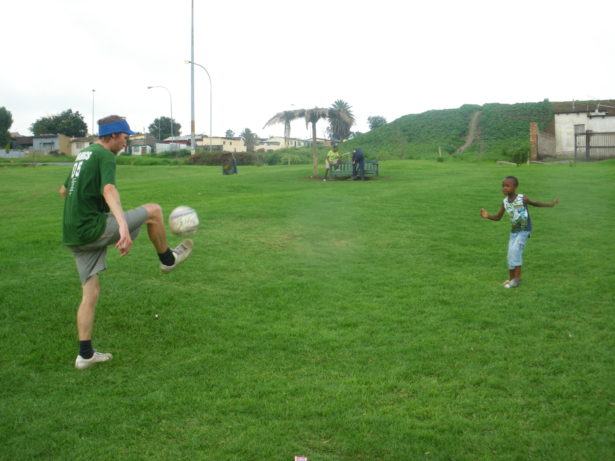In any sport you would join, practice is necessary to guarantee that your body can keep up with the physical requirements to perform at the best of your ability.
Due to this, blocking dummies have gained popularity globally for helping players exercise their skills to understand the gaps in their abilities and improve this by following through with appropriate drills.
This may be a simple thing, but the material of tackling dummies is significant in identifying if the equipment is durable enough to endure harsh hits without causing injuries to the players.
Should you use a dummy?
In most cases, having a dummy could be helpful for the player, especially if they had worked on hard and fast training without hopefully taking home a bruised forearm in the process.
Since then, dummies have become relevant sports equipment that drastically reduces the danger of having injuries and promotes an improved muscle memory for all. However, because it’s fake, it becomes a struggle for players to determine their opponents’ strength, so they might not estimate the preparations needed unless they have someone who has the same build and strength that puts force against them.
What material is used?
Generally speaking, a dummy is made from vinyl fabrics. Knife-coated fabrics or vinyl-coated nylon fabrics are the material used by manufacturers in producing most football products, may they be bags, mats, or other sewn items.
The material was said to consist of a scrim or nylon base fabric, usually tightly woven in a way that prevents tearing. Next, colored vinyl would be used as a coat for the scrim that is either slightly textured or smooth.
Remember that an 18 oz vinyl would appear much thicker than a 12 oz vinyl because the material is classified based on its weight. Depending on the mill’s approach to coating, a few qualities like shine and flexibility may be altered. What’s more, the nylon scrim used to create the product could pose issues in its ability to resist tearing than its fabric peers.
Kinds of football dummies
Sled-style dummies
This dummy is fit for the linemen players, where their primary role is to force their opponents to move from their current position and keep their arms in. The narrow design was put together, thanks to the manufacturer’s consideration to practice their skill in placing their hands inside to prevent any potential attempts to illegal blocking.
Whenever a player hits the dummy, it appears to be hitting back, making it the perfect equipment for football drills that tests a player’s reflexes. Additionally, its weight almost makes it impossible for these bags to move, giving the linemen enough chances to give their all in meeting the line.
It could even be an excellent accessory for the stationary drills around the field.
Colt blocking pad with arms
No, you are definitely not hallucinating. This dummy does indeed look like a person but is considered a football player’s best friend when undergoing training that requires violent physical movement. With the colt blocking pad’s accurate hand placement, the equipment made it possible for players to apply proper hand placements and offer solid blocks in each drill.
The dummy is an excellent choice for stimulating a realistic game movement and speed, so players could have the edge they would need to beat every opponent they’ll encounter in technique, strength, and speed.
Punching bag with handles
The punching bag dummy is ideal for practicing feet movements and blocking the hands while still obligating the player to maintain their correct form. Through this, football players have learned to spot the best positions to hit and efficiently do tacklings or stalks.
Regardless of whether they’re linemen or receivers, this kind of dummy helps work out the correct muscles and strategy to win them more plays.
Most football coaches would suggest you invest in a durable dummy to improve your players’ overall training performance if we talk about practicality. So if you’re interested in buying or creating one from scratch, it’s best first to research the materials that best accompany the equipment.



